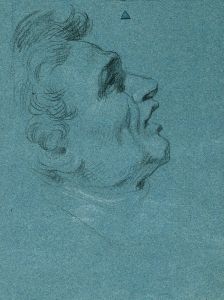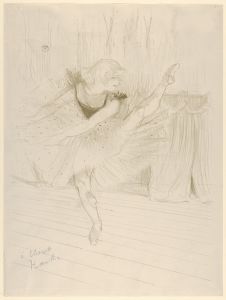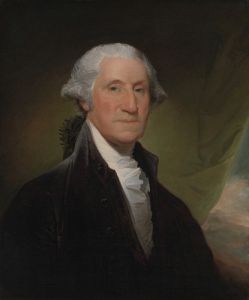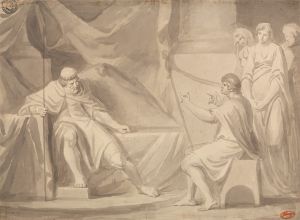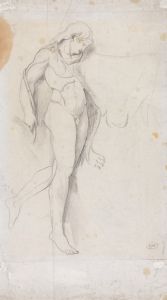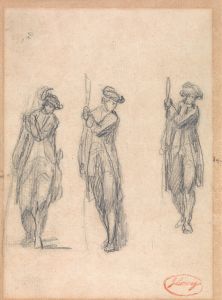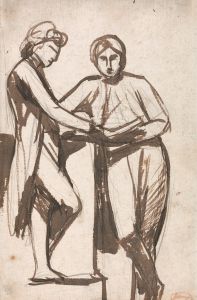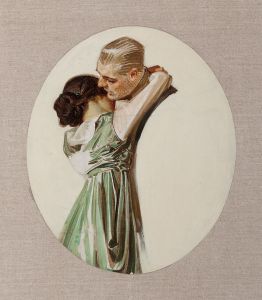
William Watson
A hand-painted replica of George Romney’s masterpiece William Watson, meticulously crafted by professional artists to capture the true essence of the original. Each piece is created with museum-quality canvas and rare mineral pigments, carefully painted by experienced artists with delicate brushstrokes and rich, layered colors to perfectly recreate the texture of the original artwork. Unlike machine-printed reproductions, this hand-painted version brings the painting to life, infused with the artist’s emotions and skill in every stroke. Whether for personal collection or home decoration, it instantly elevates the artistic atmosphere of any space.
"William Watson" by George Romney is a portrait painting created by the renowned British artist George Romney (1734–1802). Romney was one of the leading portrait painters of his time, celebrated for his ability to capture the character and elegance of his sitters. This particular work depicts William Watson, though specific details about Watson's identity and life are not widely documented or readily available in historical records.
George Romney's portraits are characterized by their refined composition, soft color palette, and the subtle interplay of light and shadow. His works often reflect the neoclassical style that was popular during the late 18th century. Romney was known for his ability to convey a sense of grace and sophistication in his subjects, and "William Watson" is no exception. The painting demonstrates Romney's technical skill and his talent for capturing the individuality of his sitters.
The exact date of the painting is not definitively recorded, but it is believed to have been created during the height of Romney's career, likely in the late 18th century. During this period, Romney was highly sought after by the British aristocracy and upper classes, producing portraits of notable figures such as Emma Hamilton, who became one of his most famous muses.
As with many of Romney's works, "William Watson" is painted in oil on canvas. The portrait showcases Watson in a formal pose, dressed in attire typical of the period. The background is understated, drawing attention to the sitter's face and expression. This simplicity in composition is a hallmark of Romney's style, allowing the viewer to focus on the personality and presence of the subject.
The current location of the painting is not specified in widely available sources, and it is unclear whether it resides in a public collection, private ownership, or has been lost to history. Romney's works are held in numerous prestigious institutions, including the National Portrait Gallery in London and the Tate Britain, but there is no definitive information about the whereabouts of "William Watson."
Due to the lack of detailed historical information about William Watson himself, the painting's broader historical context and significance remain somewhat obscure. However, it stands as a testament to George Romney's artistic legacy and his contribution to British portraiture during the Georgian era.





